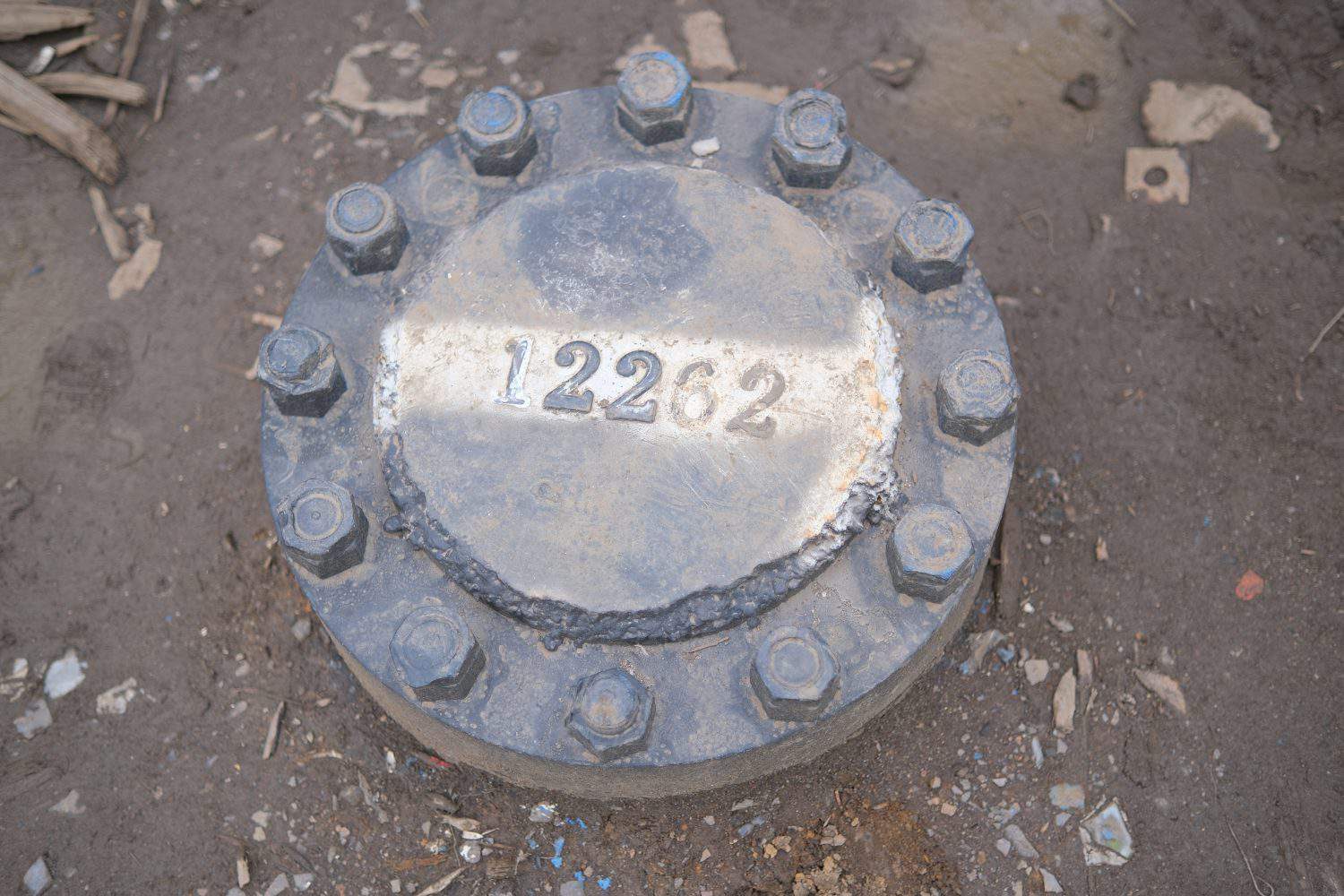Located in the Murmansk Oblast in Russia is a superdeep hole that defies imagination. The Kola Superdeep Borehole is proof of man’s curiosity about the world around us. Until very recently, the site was home to the deepest hole in the entire planet. Time to dive down the rabbit hole and find out why this massive hole exists.
The SG Program
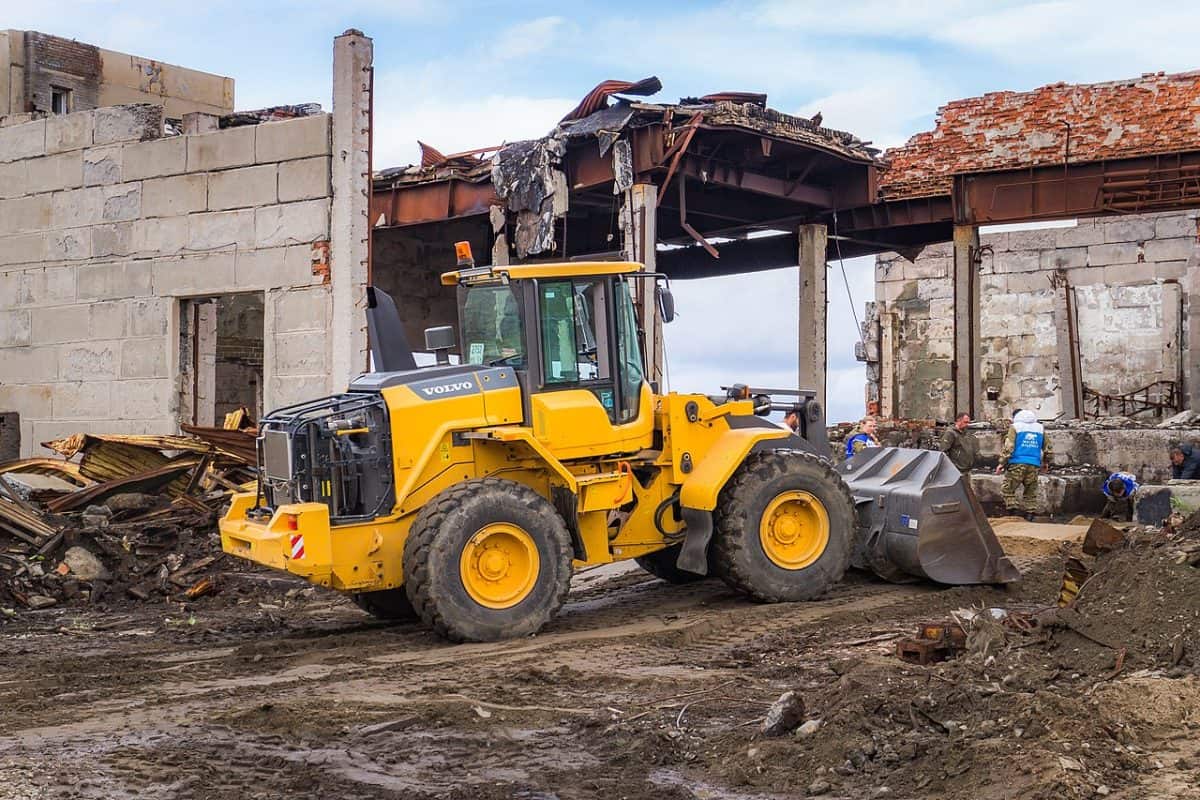
The SG Program is a directive from the Soviet government of the time for research into the Earth’s actual composition. The superdeep hole at the heart of this list is the most notable of the SG Program, which lasted well into the 1990s.
Previous Borehole Sites
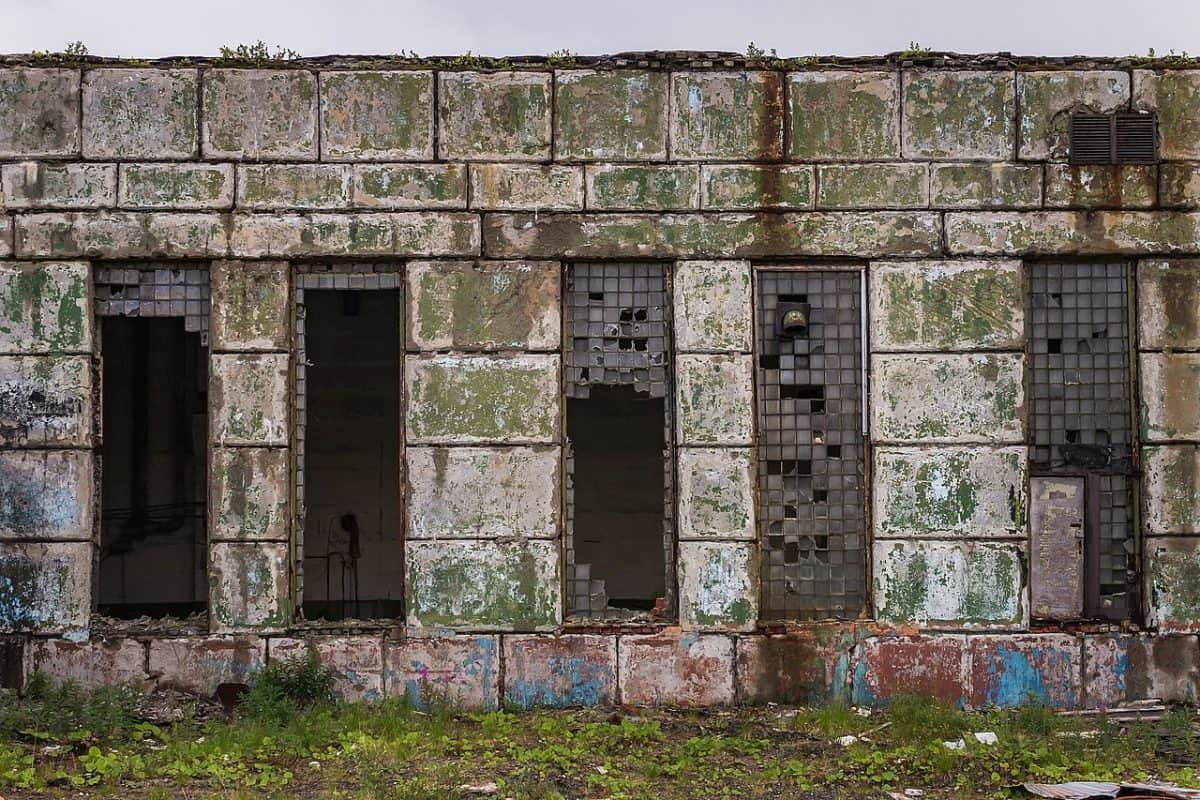
Before the aforementioned superdeep hole, it bears mention to look at its forebears. Aralsor SG-1 is the earliest of these sites and is located near the Caspian Basin in western Kazakhstan. Biyizkhal SG-2 is located in Krasnodar Krai in southern Russia. Neither one of these superdeep hole sites would exceed 22,340 feet in depth.
Kola SG-3
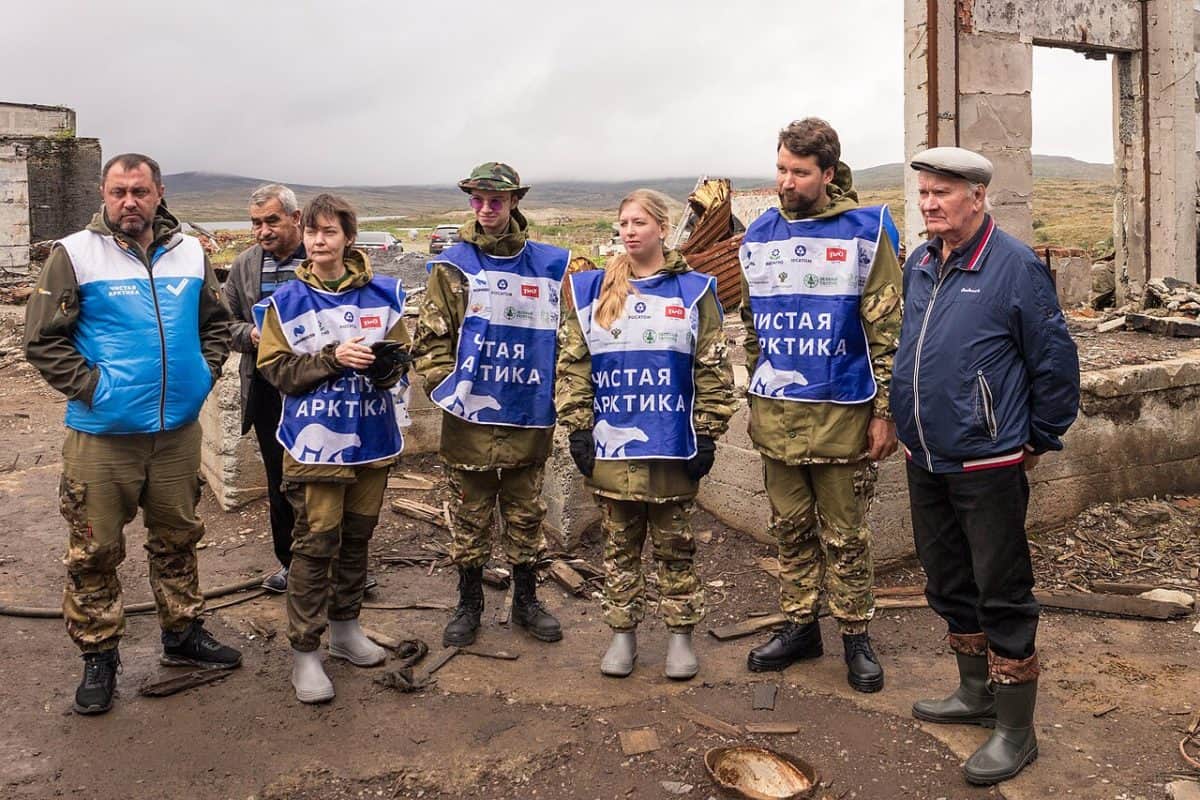
1970 saw the start of the Kola Superdeep Borehole. Dubbed SG-3, this borehole would be the most successful under the Soviet initiative. While similar in concept to the likes of an oil well, there were no monetary gains to be made with this superdeep hole.
The Equipment Used

Kola SG-3 utilized the Uralmash-4E, a drilling rig intended for oil wells. Specialized modifications were made to allow for the drill to reach 23,000 feet in depth. After four years with the Uralmash-4E, this superdeep hole received an upgrade in the Uralmash-15000. This specialized drilling rig could reach even further, with a maximum operational depth of 49,000 feet.
International Appeal
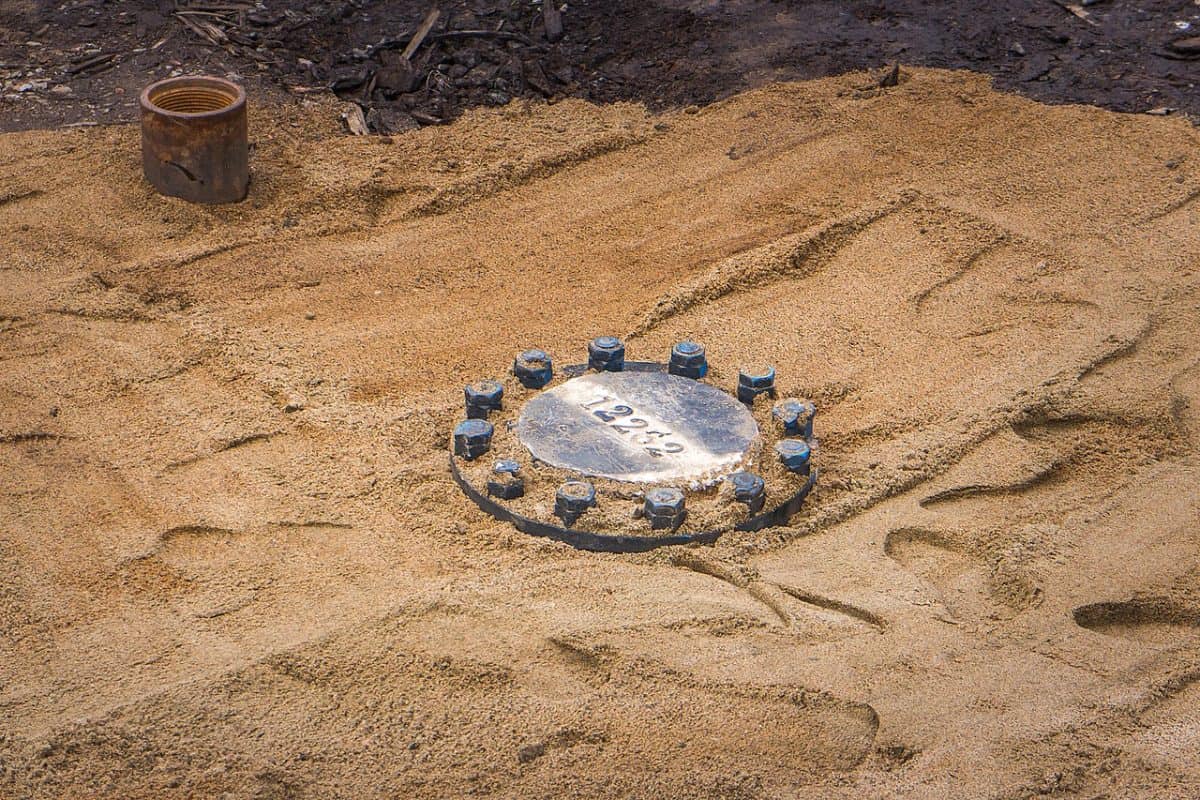
It didn’t take long for the superdeep hole in the Kola peninsula to attract international interest. Despite the somewhat frosty international politics of the Cold War, researchers from all over the world would venture to the Soviet Union to participate in the project. Scientists from the United States, Scotland, and Norway would all be part of the proceedings.
Research Revelations

The superdeep hole revealed secrets about the composition of the ground below us in a way mere theory and conjecture couldn’t. Expectations of basaltic layers of rock were dashed when the drill had reached 4.3 miles down into the earth. Curiously, researchers would find the existence of microscopic plankton fossils dating back millions of years.
The Borehole’s End
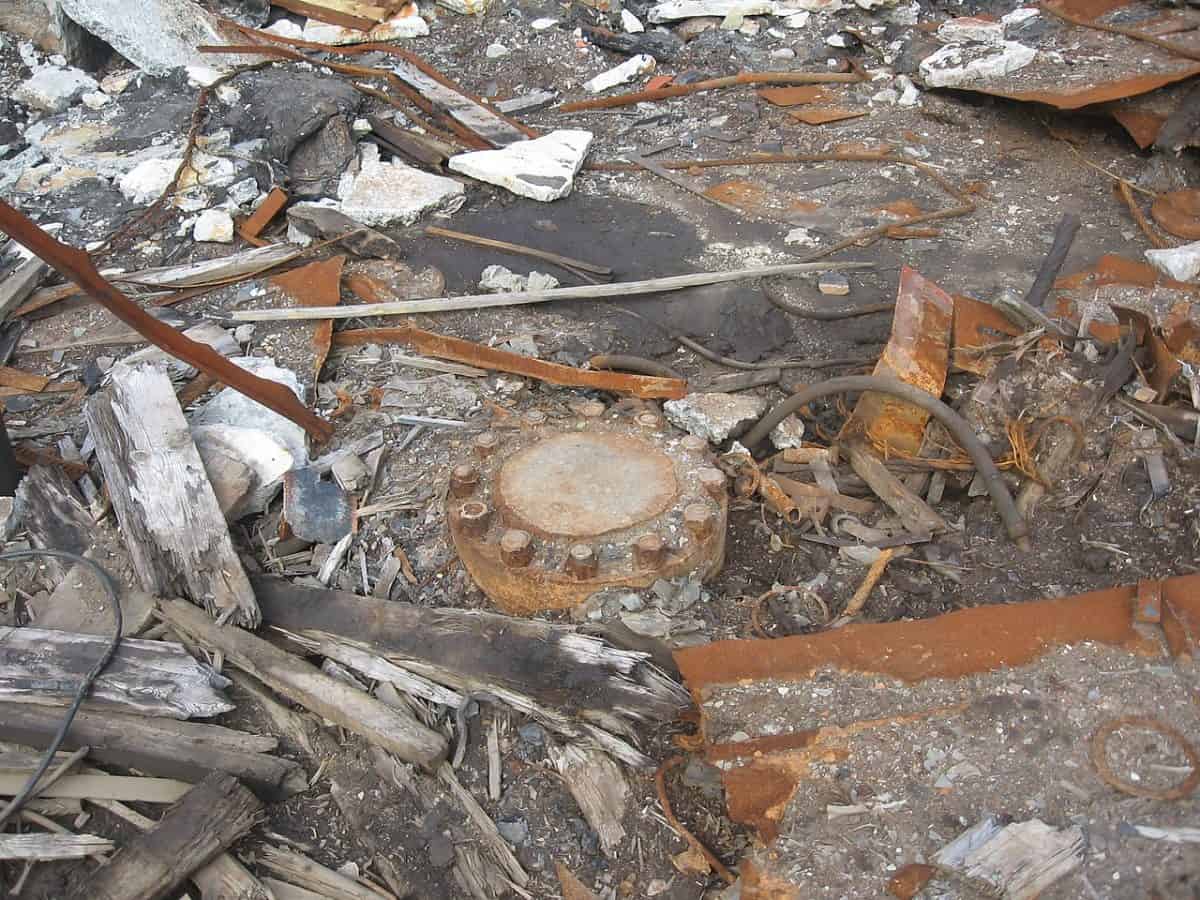
As with any Soviet initiative, the Kola superdeep hole would come to an end after the fall of the nation. It struggled on for a few years, continuing work well into 1994. Eventually, work would stop in 1995, as a general lack of funding made it impossible. The superdeep hole serves as a tourist attraction but has been abandoned since 2008.
Record-Breaking
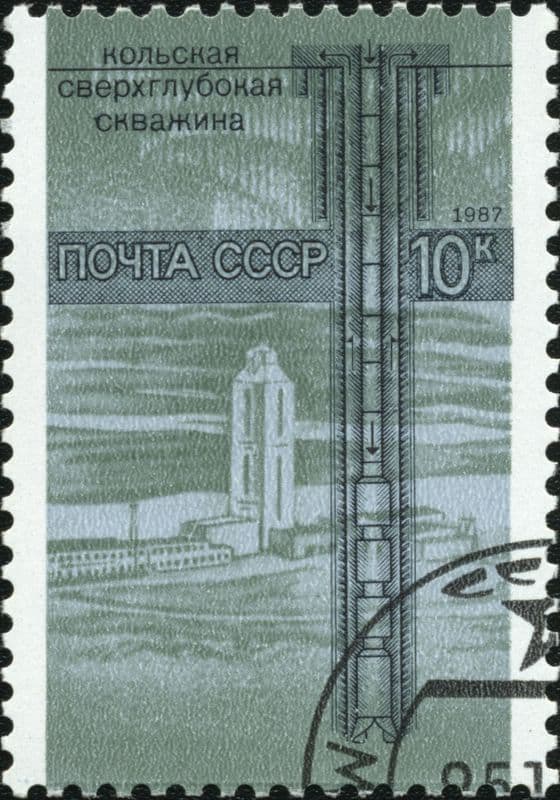
At 40,230 feet or roughly 7.6 miles, the Kola site held the record starting in 1989. As with any superdeep hole, depth is the most important measurement. Until 2008, the Kola SG-3 site was the deepest man-made hole in existence. Nonetheless, the record has since been broken by a site in Qatar intended for hydrocarbon extraction.
The image featured at the top of this post is ©Wasilij Martynow/Shutterstock.com.
